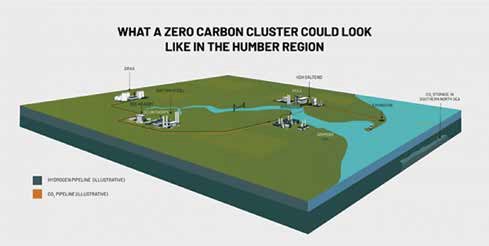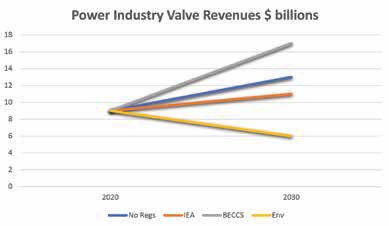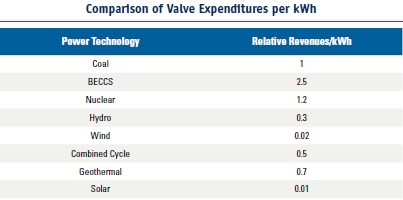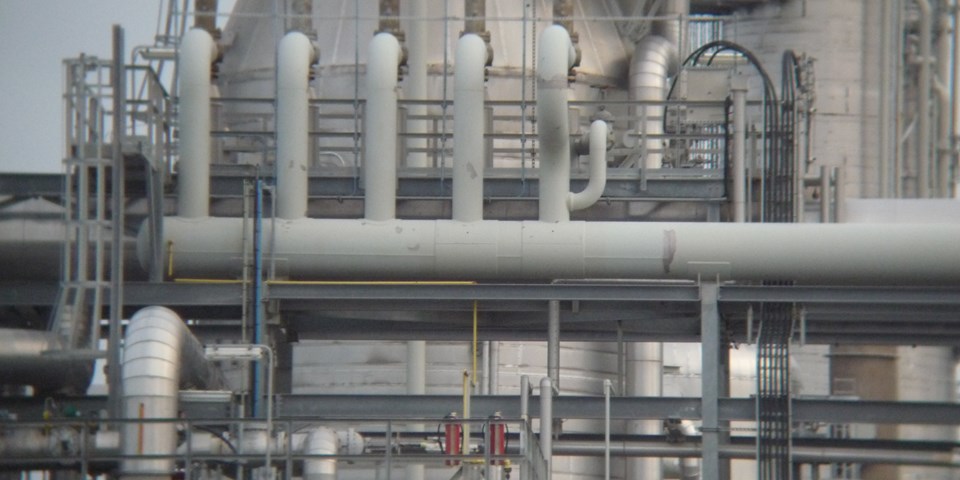By Robert McIlvaine, President & Founder – The McIlvaine Company
What is BECCS
BECCS is part of the broader CCS technology group. It involves the utilisation of biomass as an energy source and the capture and permanent storage of CO2 produced during the conversion of biomass to energy. There is no singular definition of ‘BECCS’ as it involves a number of industries, biomass feedstocks, and methods of energy conversion. The final use of the biomass also varies widely.

Reaching Net-Zero Emissions
Presently, coal fired plants produce seven billion tons of CO2 emissions per year. Between 2000 and 2020 the worlds CO2 levels rose from 360 to 400 ppm. With 100% biomass (BE) the net emissions would be zero. With sequestration (BECCS) they would be minus seven billion tons per year and the CO2 levels could be reduced as fast as they increased.
According to the IEA, reaching net-zero emissions would require the following power capacities to be installed in 2050 (2020 installed capacities in brackets):
• Solar PV: 14,458 GW (737 GW)
• Wind: 8,265 GW (737 GW)
• Hydro: 2,599 GW (1,327 GW)
• Hydrogen power plants: 1,867 GW (zero)
• Nuclear: 812 GW (415 GW)
• Bioenergy: 640 GW (171 GW)
• Coal-fired with CCS: 222 GW (1 GW)
• Gas-fired with CCS: 171 GW (zero)
• Concentrating solar power (CSP): 426 GW (6 GW)
• Geothermal: 126 GW (15 GW)
• Marine (wave and tidal): 55 G W (1GW)


Biomass Sources
There are several biomass sources that can be used to generate electricity or heat. These include residues from sugarcane processing as well as various agricultural and industrial processes. The biggest source, however, is managed forests that produce pellets. For example, Drax, a manufacturer of compressed wood pellets, owns substantial operations in the U.S. and is shipping pellets to the UK to support combustion in a 4,000 MW plant.
Other industries are also beginning to utilize this technology to supplement their energy use. For example, municipal water and waste treatment (WTE) plants are already producing metals and hydrochloric acid, while sewage treatment plants are increasingly generating biogas; a few are even sequestering it.


Valves to Reduce Net Emissions
The use of valves in power technologies varies greatly. While some valves are used in concentrated solar power, they are not required for solar panels, and few are needed for wind power. Other power technologies, however, require varying quantities of valves.
Power plant valve revenues will be highly dependent on the mix of technologies. Present yearly valve sales to the power industry around the world are $9 billion.

REFERENCES
1. Industrial Valves: World Markets published by McIlvaine Company
About the Author


